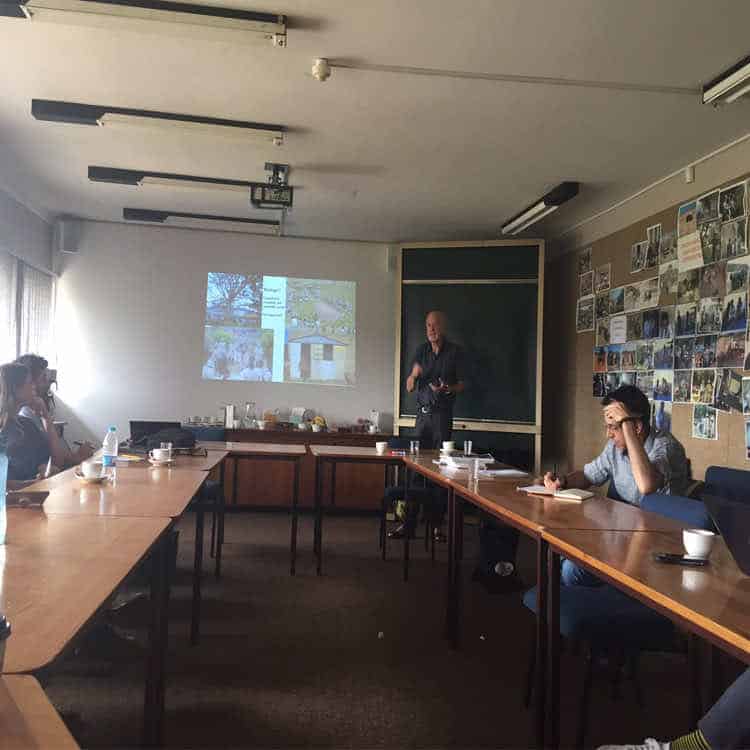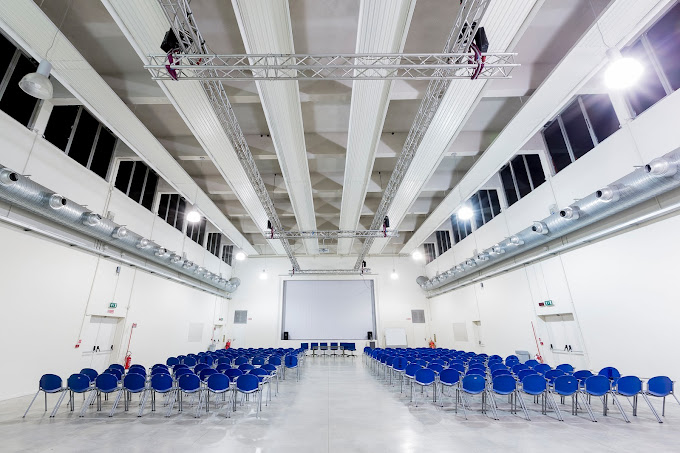All Product and Industrial Design
Nothing produced in the modern world, from deodorant sticks and paint cans to cellphones and car bodies, is made the way it is by accident. In each case, industrial and product designers had to balance several competing factors:Visual appealEase of useProduction costMarketabilityPerformanceEase of manufactureIntellectual property issuesDurability and maintainabilitySafety…et freaking cetera. Reconciling all of these requirements is a tall order for any individual or team. Industrial and product designers therefore have to be analytical but also capable of creativity. They need a broad range of knowledge and skills, aesthetic sense, business acumen, and considerable industry experience.In other words, a typical product and industrial designer is a jack of all trades but also an expert in certain fields. This is a good career for someone who likes to know and try a bit of everything. All manufacturing companies (and many others) rely on their abilities to make a profit, so superstar designers can command very high salaries.A product and industrial design curriculum includes basic mathematics and science, engineering, aesthetic design, computer science, and numerous practical projects. At many European universities, you can specialize in certain fields, like automotive design, entrepreneurship, sustainability, and so forth.




















